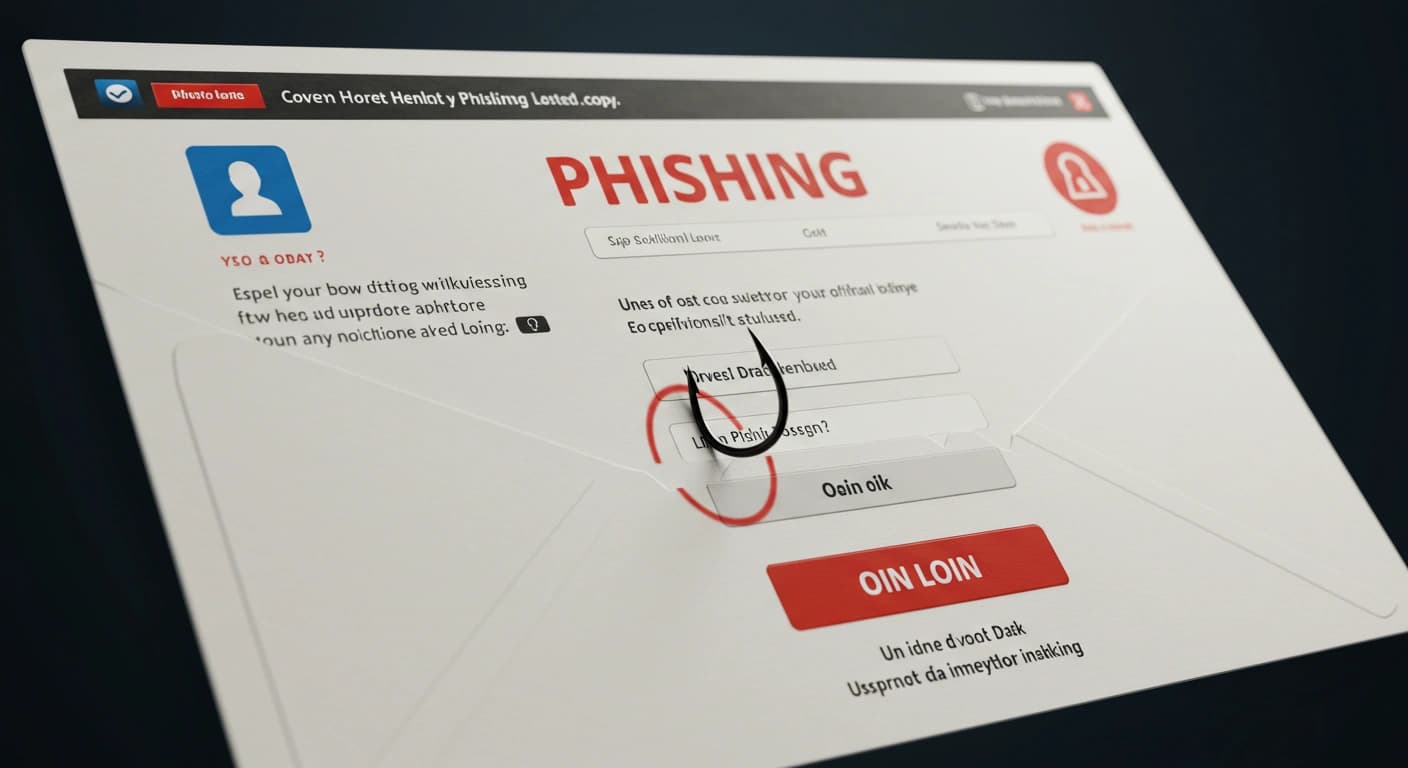What Is Phishing? | Definition, Types, and How to Protect
Phishing is a cybercrime technique where attackers impersonate trusted organizations to trick individuals into revealing sensitive information, such as passwords or credit card numbers. These attacks often come in the form of emails, text messages, or phone calls designed to deceive victims into taking harmful actions. Phishing can lead to identity theft, financial loss, and corporate data breaches. Learn how phishing works, the common types of phishing attacks, and essential tips to protect yourself from falling victim to these cyber scams.

What Is Phishing?
Phishing is a form of cybercrime in which attackers impersonate trustworthy entities to deceive individuals into revealing sensitive information, such as passwords, credit card numbers, or other personal data. This fraudulent practice often involves sending emails, text messages, or other communications that appear legitimate but are designed to trick recipients into taking harmful actions.
How Phishing Works
Phishing relies on social engineering—a psychological manipulation tactic—to lure victims. Attackers craft messages that appear to come from well-known companies, government agencies, or even acquaintances. These messages often prompt users to click on malicious links, download infected files, or enter confidential information on fake websites.
To increase the chances of success, phishers exploit emotions such as fear, urgency, curiosity, or greed. For example, a message might warn that your bank account will be suspended unless you verify your details immediately. Such tactics pressure individuals into reacting quickly without scrutinizing the authenticity of the request.
Why Do Attackers Use Phishing?
The primary goal of phishing is to steal valuable information that can be used for financial gain or to facilitate further cyberattacks. By obtaining login credentials, attackers can access bank accounts, email accounts, or corporate networks, leading to:
Unauthorized financial transactions
Identity theft
Corporate data breaches
Installation of malware or ransomware
Some phishing attacks extend beyond emails, incorporating voice calls (known as vishing) or SMS messages (smishing) to manipulate victims into sharing sensitive data. These multi-channel approaches often target vulnerable groups such as the elderly or employees in finance roles.
Common Types of Phishing Attacks
Phishing has evolved into several sophisticated forms:
Email Phishing: Bulk messages sent to many users, hoping some fall victim.
Spear Phishing: Highly targeted attacks aimed at specific individuals or organizations, often using personalized information.
Whaling: Phishing targeting high-level executives, sometimes called CEO fraud.
Smishing: Phishing conducted via SMS text messages.
Vishing: Phishing through voice calls or voicemails.
Pharming: Redirecting users to fake websites by compromising DNS or using malware.
Angler Phishing: Using social media channels to impersonate official accounts and trick users.
Who Is at Risk?
Phishing can target anyone with an internet connection. While mass phishing campaigns indiscriminately target large numbers of users, spear phishing and whaling focus on high-value individuals or organizations. Cybercriminals count on human error and the natural tendency to trust familiar sources, making everyone a potential victim.
Some red flags indicating a phishing attempt include:
Unexpected requests for sensitive information.
Emails or messages with spelling or grammatical errors.
Urgent or threatening language demanding immediate action.
Links leading to unfamiliar or suspicious websites.
Attachments from unknown senders.
Requests that bypass usual verification procedures.
The consequences of phishing can be severe, both personally and professionally. Personal impacts may include stolen funds, identity theft, or loss of private data. For organizations, phishing can lead to data breaches, financial losses, reputational damage, and operational disruption. In many cases, a single compromised employee account can open the door to widespread network infiltration.
How to Protect Yourself from Phishing
Prevention is the best defense against phishing:
Be cautious with unsolicited emails and messages. Verify the sender’s identity before clicking links or downloading attachments.
Check website URLs carefully. Look for misspellings or suspicious domain names.
Enable multi-factor authentication (MFA) wherever possible.
Keep your software and security systems updated to block malicious content.
Educate yourself and others about phishing tactics and how to recognize suspicious communications.
Use anti-phishing tools and email filters to detect and block phishing attempts.
Why Phishing Remains a Major Threat
Phishing remains effective because it exploits human psychology rather than technical flaws. Attackers continually refine their techniques, making phishing emails increasingly difficult to detect. Moreover, phishing kits available on the dark web allow even novice criminals to launch convincing campaigns easily and at a low cost.
As cybercriminals evolve their tactics, ongoing vigilance, education, and layered security measures are essential to reduce the risk of phishing attacks.
Understanding what is phishing empowers individuals and organizations to recognize threats, respond appropriately, and protect valuable information from cybercriminals. Always remember: thinking critically before clicking can make the difference between security and compromise.
Find out more: